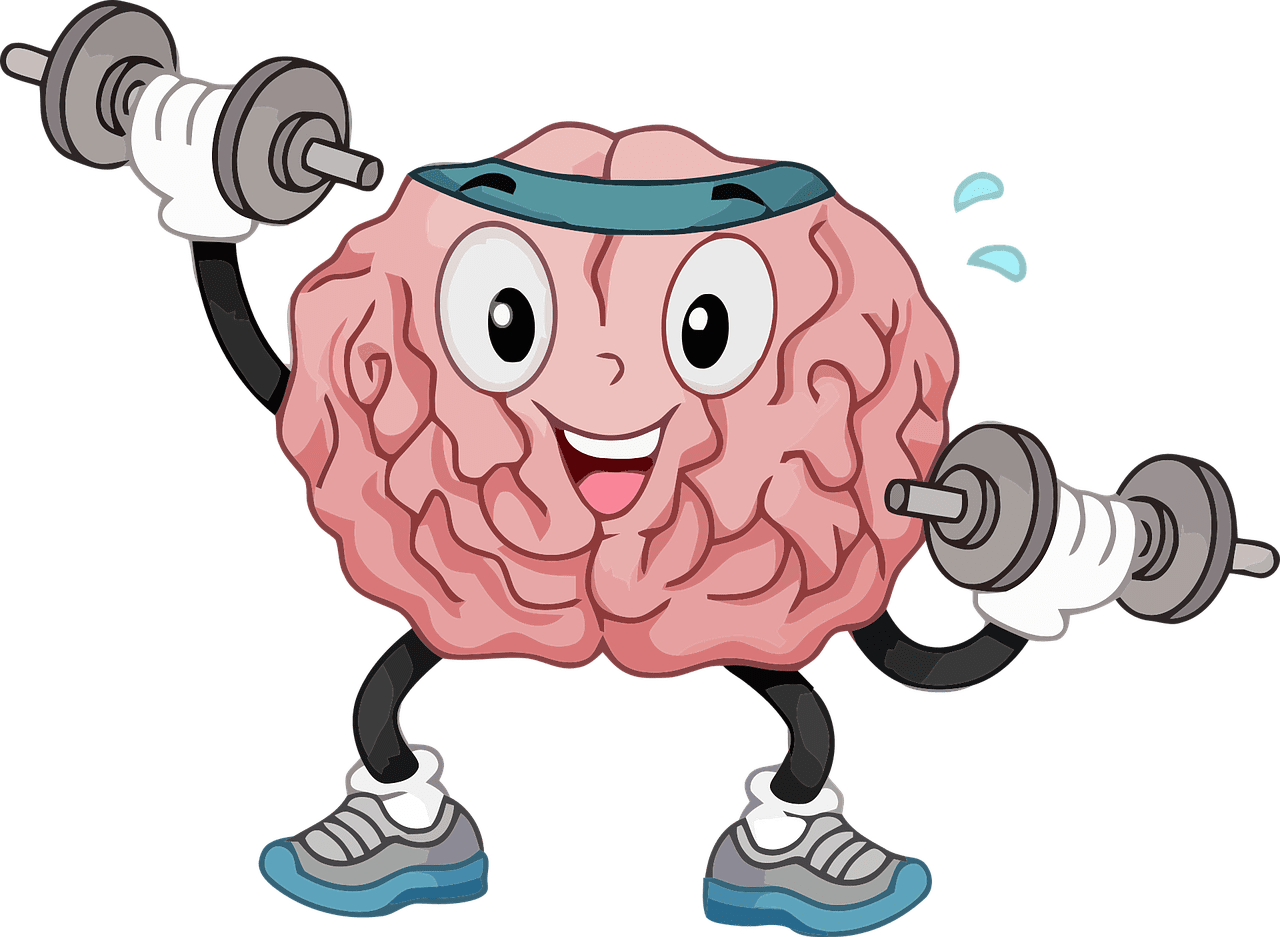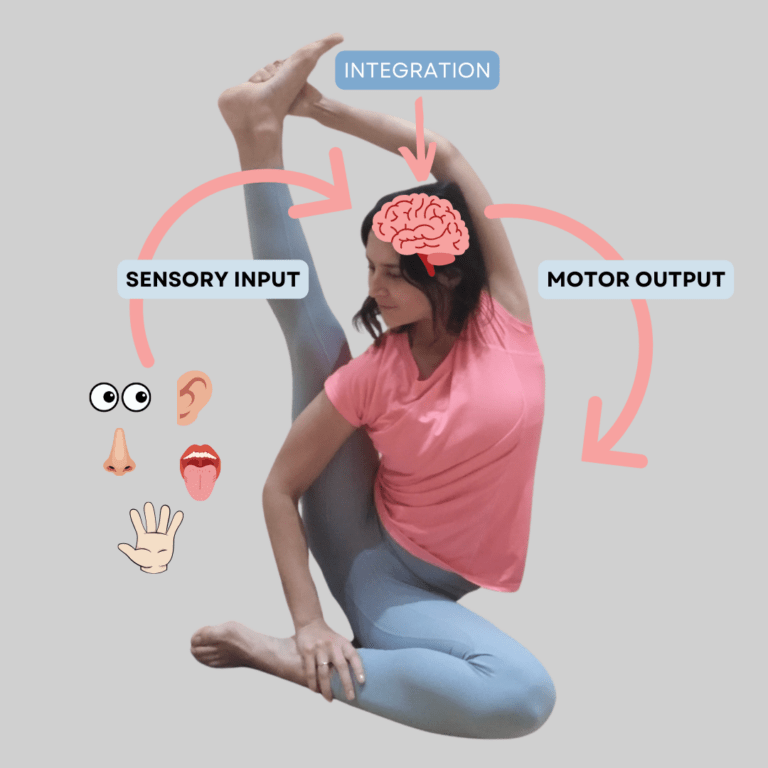Going beyond a workout
In the dynamic field of fitness, bodywork modalities, and performance optimization, a revolutionary approach that goes beyond traditional workout routines has evolved. This approach is called neurocentric training. As the name implies, it focuses on optimizing the brain’s capacities to enhance physical performance. In this blog post, we will delve into what neurocentric training is, explore its fundamental principles, and discuss the benefits it offers for individuals aiming to unlock their athletic potential.





